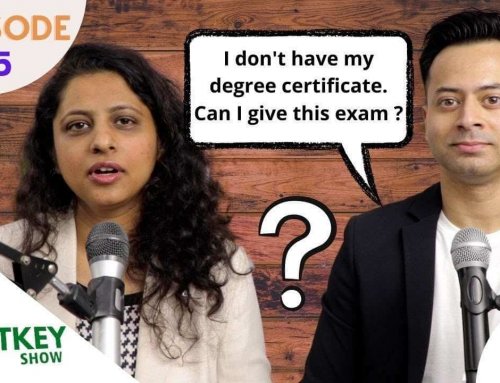Over the last month or so, the IP community has been abuzz with news and events that have culminated in interesting debates and discussions on the blog itself. Somewhere amidst all of the hustle, a simple two-page order of the Delhi High Court snagged national headlines for a few days last month. Let me jump right into it: the phone company One Plus came out with an advertisement promoting its new ‘One Plus 3T’ model. This advertisement titled ‘Best Smartphone Contest’ was identical to the famous quiz show Kaun Banega Crorepati and showed Mr. Bachchan quizzing Rohan Joshi (of AIB fame) about which smartphone in India is the best. This did not sit well with the show’s producers, Sony Pictures, who knocked on the doors of the Delhi High Court, asking for an injunction against the advertisement. This is where things get interesting, albeit admittedly cloudy.
Copyright Infringement
KBC finds copyright protection, as a cinematographic film, under section 13(1)(b) r/w section 14(d) of the Copyright Act, 1957. Section 14 grants the author of a cinematographic film the exclusive right to make copies, commercialise those copies and communicate the film to the public. Infringement of the copyright in the show may then, as per the Act (section 51), happen when any of these exclusive rights are violated or commercialization of ‘infringing copies’ of the work is undertaken. This ‘physical copy’ doctrine, as upheld by the Indian courts, was laid down in the British case of Norowzian v. Arks.
The reasoning behind this was discussed briefly in Leo Burnett – “Sections 14(d) and (e) on the one hand and Sections 14(a), (b) and (c) on the other, in the latter case the owner of the copyright has exclusive right to reproduce the work in any material form. The exclusive right in the former is to copy the recording of a particular film/sound recording… A narrow copyright protection is accorded to a film/sound recording than for literary, dramatic or artistic work. The reason perhaps could be that they have to be original to satisfy the test of copyrightability, whereas the requirement of originality is absent for claiming copying in cinematograph films/sound recordings.” Meaning, while literary works are protected against a broader ‘reproduction’ – which according to Indian jurisprudence is hit with the ‘substantial similarity’ test in order to constitute infringement – films are protected against ‘copies’, which have come to mean only ‘physical copies’. Therefore, it is impossible in a case with facts such as this to succeed in an argument of infringement of copyright in the film itself, instead of the underlying works.
A successful infringement action for a cinematographic film often lies as against the existing copyright in its underlying works. For example, for two films that are similar, the court often judges similarity of the underlying literary works i.e. the script, the screenplay, etc. The use of the background score could also become subject matter of an infringement suit due to a breach in the copyright subsisting in the sound recording. Of particular interest in this case, is copyright infringement of the concept note. KBC being a game show, copyright subsists in its format, rules, etc.
Passing off
The order, in this case, also dealt with the possibility of a claim of passing off. The courts in both Leo Burnett and the ‘antakshari’ case agreed that the tort of passing off is not restricted to goods and can be established if the classical trinity of goodwill/reputation, misrepresentation and damage/real likelihood of damage, is proven. While I myself have covered the scope of the three ingredients at length over here and here, briefly speaking, all of those find application in this case. KBC, being a widely popular show airing since 2001 – its goodwill cannot be disputed.
Any layman observer is likely to associate the set, the soundtrack, colours, etc to belong to KBC. Further, as per the dicta in the afore-mentioned cases, the similarities in the advertisement and the TV show, the presence of Mr. Bachchan as host, etc indicates an attempt at misrepresenting the AD as being part of the KBC series. It is only with regard to the ingredient of ‘damage’ that this case could find itself up against a wall. Aforementioned precedent holds that no ‘damage’ can predictably result from a situation where the commercial promotes certain goods different from the market utilized by the TV show.





